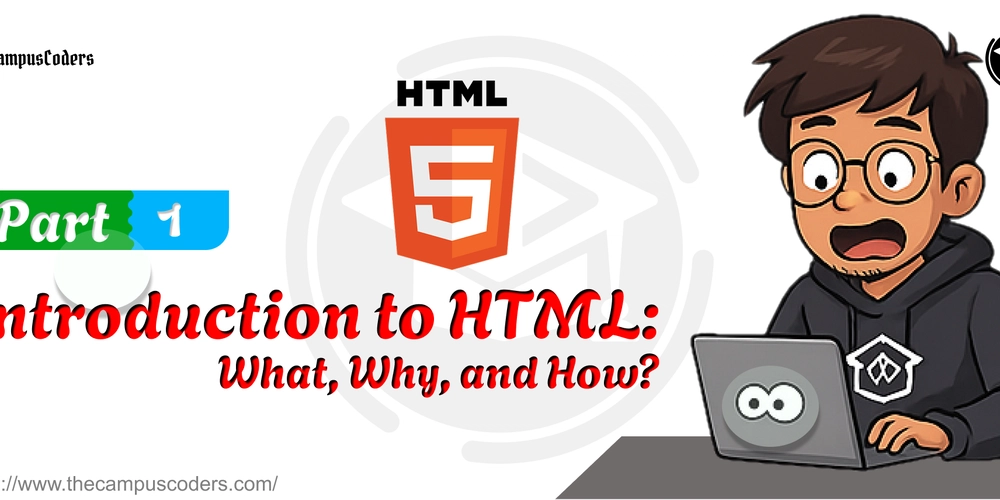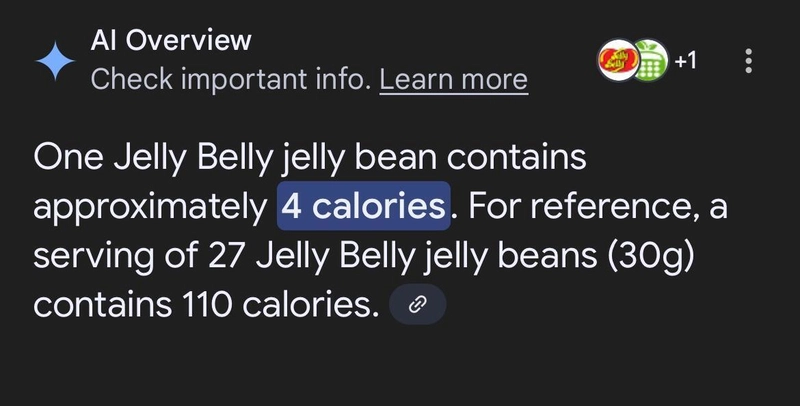Introduction to HTML: What, Why, and How?
What is HTML? HTML, or HyperText Markup Language, is the foundational language of the web. It defines the structure and layout of web pages by using a system of tags and attributes. HyperText refers to text that links to other text or resources. Markup Language means it uses tags to annotate content, describing its structure and role. In simple terms: HTML acts like the blueprint of a building — it lays out where each room (content) will be, while technologies like CSS paint the walls, and JavaScript makes the doors automatic. Real-World Example: When you open a website like Wikipedia, what you see — headings, paragraphs, images, tables — are all structured using HTML. Why is HTML Important? The importance of HTML is often underestimated by beginners. However, it plays several critical roles: Aspect Importance Foundation of the Web Every website, regardless of complexity, relies on HTML at its core. Content Structuring HTML organizes content into headings, paragraphs, lists, images, tables, and more. SEO Optimization Search engines read and index web pages based on HTML structure and semantics. Accessibility Screen readers depend on proper HTML semantics to assist visually impaired users. Integration with Other Technologies HTML integrates seamlessly with CSS, JavaScript, and backend languages like Node.js. Browser Compatibility Every web browser interprets HTML natively without the need for plugins or extensions. How Does HTML Work? When a user visits a website, here is what happens: The browser sends a request to a server for an HTML file. The server responds with the HTML document. The browser parses the HTML and creates a DOM (Document Object Model) — a tree-like structure representing the page content. The browser then renders the visual elements on the screen based on the DOM and applied styles. This process is fast, often happening in fractions of a second, but it forms the basis for everything a user sees and interacts with.

What is HTML?
HTML, or HyperText Markup Language, is the foundational language of the web.
It defines the structure and layout of web pages by using a system of tags and attributes.
- HyperText refers to text that links to other text or resources.
- Markup Language means it uses tags to annotate content, describing its structure and role.
In simple terms:
HTML acts like the blueprint of a building — it lays out where each room (content) will be, while technologies like CSS paint the walls, and JavaScript makes the doors automatic.
Real-World Example:
When you open a website like Wikipedia, what you see — headings, paragraphs, images, tables — are all structured using HTML.
Why is HTML Important?
The importance of HTML is often underestimated by beginners. However, it plays several critical roles:
| Aspect | Importance |
|---|---|
| Foundation of the Web | Every website, regardless of complexity, relies on HTML at its core. |
| Content Structuring | HTML organizes content into headings, paragraphs, lists, images, tables, and more. |
| SEO Optimization | Search engines read and index web pages based on HTML structure and semantics. |
| Accessibility | Screen readers depend on proper HTML semantics to assist visually impaired users. |
| Integration with Other Technologies | HTML integrates seamlessly with CSS, JavaScript, and backend languages like Node.js. |
| Browser Compatibility | Every web browser interprets HTML natively without the need for plugins or extensions. |
How Does HTML Work?
When a user visits a website, here is what happens:
- The browser sends a request to a server for an HTML file.
- The server responds with the HTML document.
- The browser parses the HTML and creates a DOM (Document Object Model) — a tree-like structure representing the page content.
- The browser then renders the visual elements on the screen based on the DOM and applied styles.
This process is fast, often happening in fractions of a second, but it forms the basis for everything a user sees and interacts with.







































































